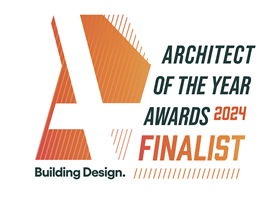
Finalist for Refurbishment Architect of the Year Award 2024, EPR Architects guides us through the specification challenges present at The OWO
EPR Architects’ body of work was shortlisted for last year’s AYAs, as the practice was named a finalist for two awards, including Refurbishment and Reinvention Architect of the Year.
In this series, we take a look at one of the team’s entry projects and ask the firm’s board director, Geoff Hull, to break down some of the biggest specification challenges that needed to be overcome.
What were the key requirements of the client’s brief? How did you meet these both through design and specification?
EPR Architects was first approached by our client, the Hinduja Group, in 2015. The overarching brief was to repurpose Britain’s iconic, grade II-listed Old War Office Building (OWO) from a fortress into a memorable, world-class destination. Luxury operator Raffles was an appropriate choice for the hotel and branded residences, as they embraced the history and culture of the existing building and its context.
We began by studying the original architect’s designs, including the geometry and proportions of the facade and roofscape. We established the multiple protected viewpoints around the site, exploring opportunities to alter plans below and above ground whilst respecting the existing cellular masonry loadbearing form.
Alongside a talented team of designers and specialist contractors, we incorporated an extensive array of exciting new interventions, including a combination of one-, two- and three-storey roof extensions, where traditional materials such as Portland stone, slate roofing and timber casement windows were selected to blend the old and new seamlessly. Each new additional storey sets back from the existing, with parapets to ensure that the proportion and scale seen at street level are not affected, whilst six new basement levels allow for a four-storey spa and a new grand ballroom.
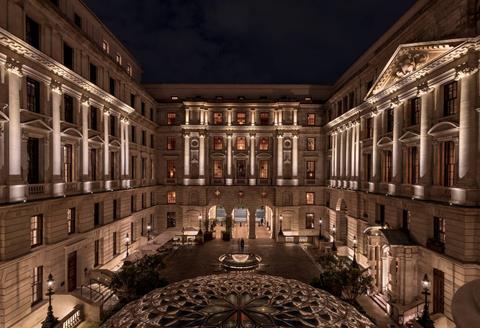
What were the biggest specification challenges on the project, and how were they overcome?
Projects of this scale and complexity, particularly when dealing with a listed building, present unique and multifaceted challenges, but the rewards are unparalleled.
The project’s transformation into a luxury destination required us to navigate various key challenges, including structural, fire safety, water ingress, acoustics and thermal performance. These challenges arose from the building’s original design as a purpose-built government office (designed to keep people out) and the heightened demands of converting it into a modern luxury hotel and residences.
From the surface, the Old War Office was perfectly preserved. However, for The OWO to stand confidently amongst the competitive hotel market, EPR needed to replan, restructure and reconfigure the existing building’s layout. Logistical planning for this central London site was equally critical, including temporary works such as the partial removal of the listed facade to allow for site traffic and the excavation of approximately 65,000 cubic meters of soil.
It was the ultimate schoolboy dream to be involved in designing and creating something so iconic
What are the three biggest specification considerations for the project type? How did these specifically apply to your project?
The three largest specification considerations for the project were fire protection, water ingress and the replication of existing materials.
Fire safety and the introduction of a life safety network, including a fully operational sprinkler system and compartmentation, had to be carefully integrated into the existing fabric to respect its listed status. This required a thoughtful and respectful approach to ensure the new safety features were sympathetically incorporated into the historic elements of the building.
A series of mitigation measures needed to be implemented to address water ingress in the basement. These included upgrading the existing moat, replacing non-return valves and water motors, installing flood doors and incorporating a cavity drain system to protect the space from incoming water.
The project also involved the replication of existing materials to maintain the building’s historic character. This included sensitively preserving or recreating decorative elements such as cornice work, marble stair balustrades, timber panelling and mosaic flooring, ensuring the new additions blended harmoniously with the original features.
Do you have a favourite product or material that was specified on the project?
I think the Aston Martin artwork displayed within the Spy Bar has to be my favourite! For me, it was the ultimate schoolboy dream to be involved in designing and creating something so iconic – and something one would typically only see in a James Bond movie.
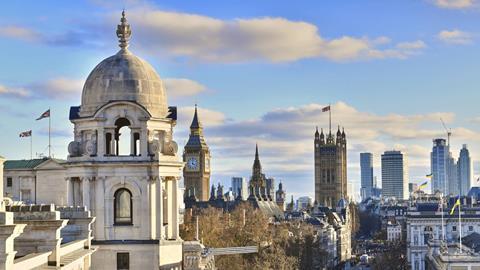
Are there any suppliers you collaborated with on the project that contributed significantly? And what was the most valuable service that they offered?
Ardmore, the main contractor, took a highly proactive approach in sourcing the right expertise for each specialised, bespoke trade required for the project. This included a wide range of complimentary and matching stone elements, hand-carved timber fireplaces, secondary glazing and comprehensive restoration efforts.
Skilled artisans were brought in to handle ornate cornice work, custom doorsets, lighting and detailed timber panelling, among many other trades. Their collaborative efforts played a key role in the successful repositioning and transformation of the building, ensuring that each detail contributed to the overall vision of the restoration.
What did you think was the biggest success on the project?
The response to the opening and operation of The OWO has been nothing short of overwhelming. As architects, our involvement of almost a decade has certainly come with its fair share of challenges, but the immense sense of pride and emotional reward has been exceptional. It’s fantastic to see people finally enjoying the building and all the incredible facilities it now has to offer.
As advocates for retrofit and reuse, we’re proud to breathe new life into characterful, neglected or underutilised historic buildings, and we hope this new addition to London’s luxury market leaves a lasting impression on all who choose to visit, whether they come to stay, dine, or make it their home.
Project details
Architect and lead designer EPR Architects
Developer and investor Whitehall Residences Ltd
Main contractors Keltbray (soft strip), Toureen (demo, substructure and superstructure) and Ardmore (envelope and fit-out)
Structural engineer Elliott Wood
Services engineer Aecom
Interior designer The Office of Thierry Despont (hotel), 1508 (residential), Goddard Littlefair (spa), Winch (penthouse apartment)
Pavilion design Dae Wha Kang Design
Development manager Westminster Development Services
Quantity surveyor Gardiner & Theobald
Planning consultant Gerald Eve
Historic advisors Donald Insall
Fire engineer Jensen Hughes
Approved inspector Bureau Veritas
Specialist lighting dpa
Lighting consultants Project
Marketing and PR Graf London
Our “What made this project” series highlights the outstanding work of our Architect of the Year finalists. To keep up-to-date with all the latest from the Architect of the Year Awards visit here.


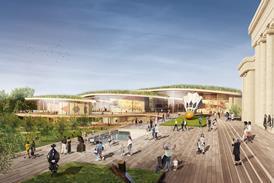
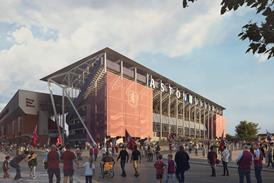
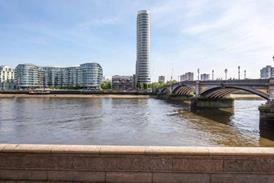




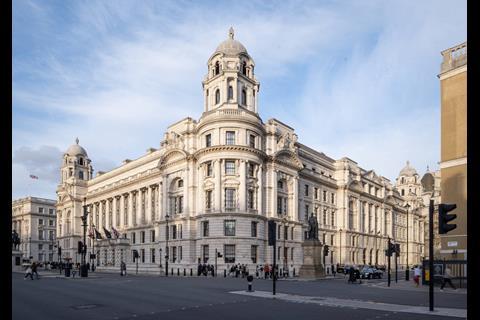
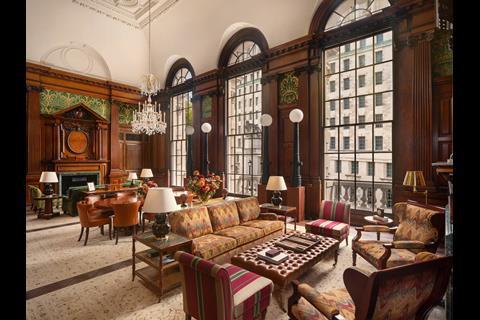
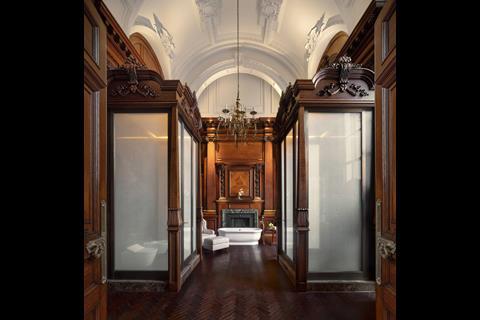
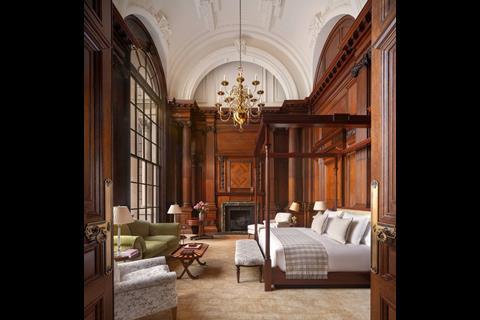
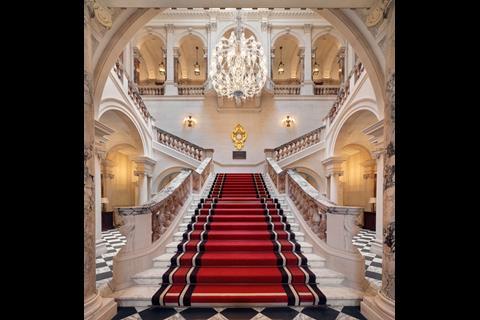
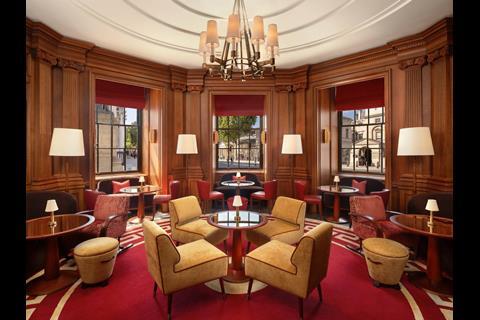
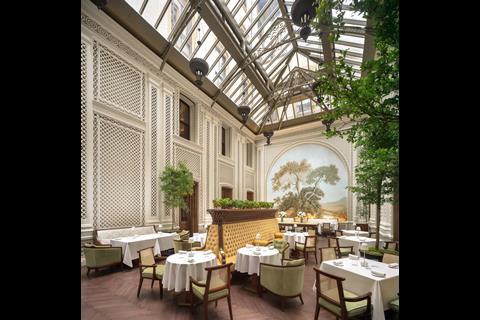
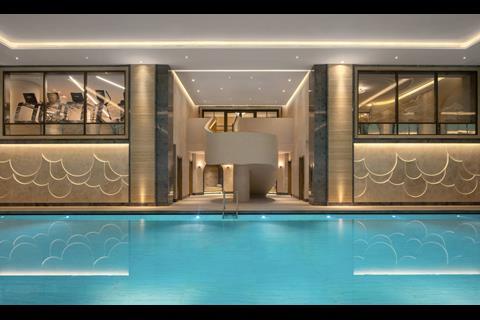
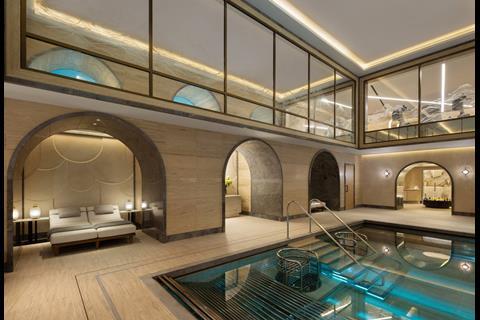







No comments yet